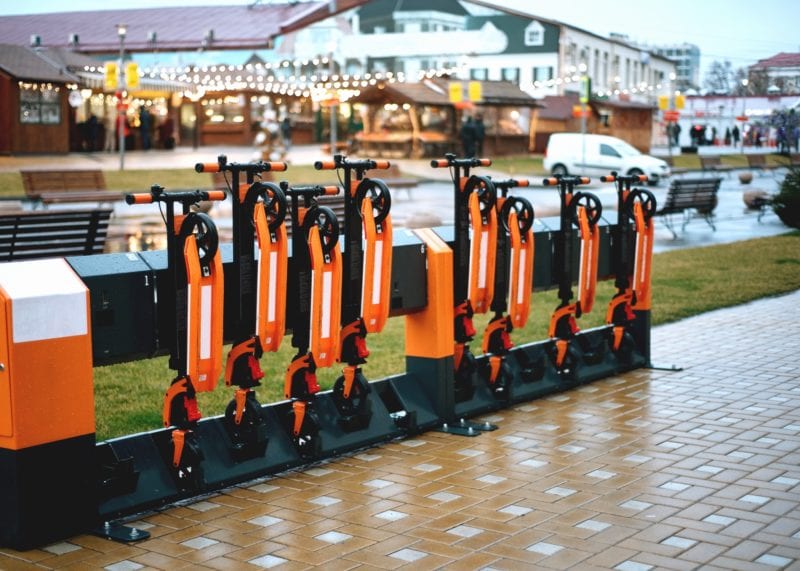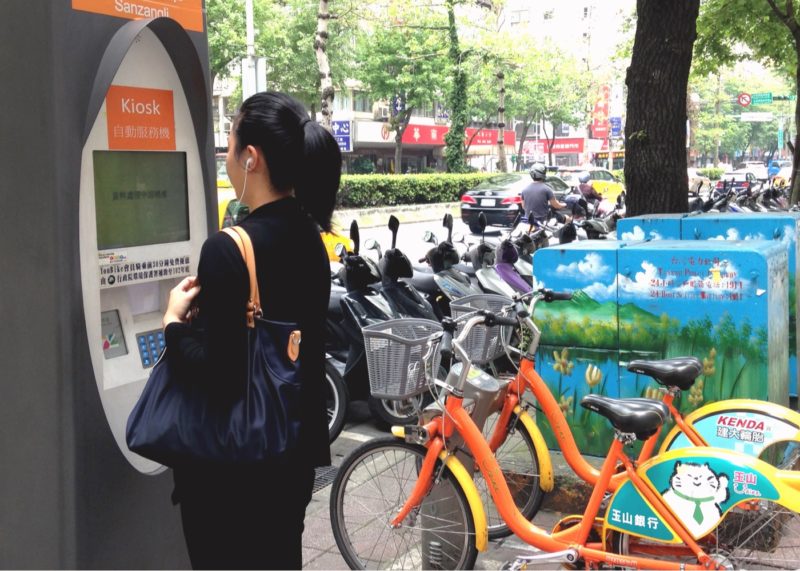Leveraging Data to Achieve Policy Outcomes.
New shared micromobility services are already playing a significant and growing role in the mobility ecosystem.
As they continue to evolve and change the mobility landscape, it's critical to use micromobility data to evaluate and understand how they are are reshaping our communities.






This website proposes ways in which cities can use data from new mobility modes to address the following high-level outcomes.
Equity
Access to Necessities for every community resident.
Safety
Ensuring streets are safe for residents, riders and pedestrians.
Environment
Putting the environmental impact of vehicles and services in the public purview.
Find Use Cases
Browse different ways in which cities can use data to achieve their outcomes, and explore which metrics they can use to evaluate progress.
Access to Necessities
Increase access, convenience and reliability to fundamental daily necessities that improve social mobility and quality of life, especially for underserved communities.
Access to Platforms
Increase the ability for all users, especially in underserved communities, to get timely and accurate information, afford and easily access, and understand how to use micromobility services.
Access to Vehicles
Anyone, anywhere can find and access an available micromobility vehicle within a x-minute walk.
Safety
Healthy, safe travel and hazard free public spaces for riders and residents of all ages and abilities, especially vulnerable road users.
Infrastructure
To create dedicated, protected spaces for micromobility and active transportation use and parking ensuring safety for both pedestrians and riders of all ages and abilities.
Observation & Enforcement
To reduce unsafe riding behaviors, safety incidents and facilitate hazard-free public spaces and better understand the cause of crashes and safety incidents when they occur.
Vehicle Condition
Ensure shared micromobility vehicles are safe and physically able withstand the rigors of operating every day.
Environment
Reduce overall energy consumption (including operations) and promote a shift towards more energy efficient transport modes.
Operations
Minimize the negative environmental impacts associated with operations related to collecting, redistributing, and recharging vehicles.
Lifespan
Reduce the overall environmental footprint of the supply chain while increasing the product life cycle.
General Usage
To understand how, where, and by whom these services are being used.
Education
Greater understanding among riders, residents and other road users of micromobility regulations and how to use and interact with micromobility vehicles safely.